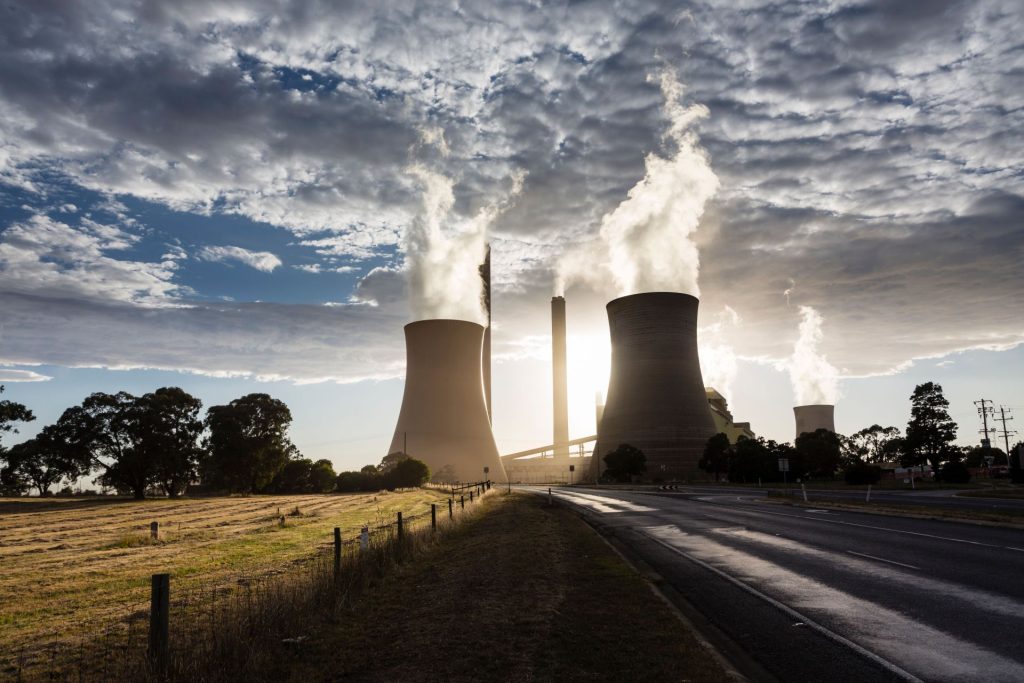In a remarkable advancement towards combating climate change across the globe, the heads of state present at the COP28 meeting have made an exceptional pact to speed up the change to clean energy and bring down the levels of greenhouse gas emissions. This year’s United Nations Climate Conference took place in Dubai and was attended by almost two hundred heads of states, environmental bodies, and climate specialists. The agreement is pegged as the most daring in recent years as it targets limiting the rise in global temperatures to below 1.5 degrees Celsius by the year’s end, which a majority of scientists contend are fatal levels that must be prevented from being attained.
Key Points of the Agreement
At the core of the pact lies a pledge to achieve net-zero carbon emissions from fossil fuels by 2050, with developed countries undertaking to do that even beforehand. For the first time, the accord also provides a clear schedule for the gradual elimination of coal, oil, and gas use, in particular, calls for a decrease of 50% in the use of fossil fuels by the year 2035. This stands in stark contrast to other climate pacts, for here, fossil fuel reduction timelines were often vaguely or not outlined at all as obligations. In addition, countries now will be obliged to report their advances to the secretariat on an annual basis, as opposed to the previous practice of doing so once every five years. This is to encourage efficiency of the reporting by enhancing the elements of transparency and trust among the parties and allowing remedial action to be taken early enough in the event progress gets stuck.
Financial Commitments for Developing Nations
Understanding the legacy of colonialism and the subsequent negative effects of climate change and global warming on developing countries, the pact provides for significant climate financing. Developed countries are obligating themselves to help orient $200 billion a year in assistance for developing countries to pay for energy transitions, preservation of biological systems, as well as improving the resistance of infrastructure to the impacts of climate change such as droughts, hurricanes, and sea-level rise. This funding uplift represents a significant political win for those at risk given that climate change has already impacted several of them, yet they do not have the capacity to undertake long-term growth inclusive of environmental policies.
A Collaborative Path Forward
The lofty objectives of the agreement will necessitate an unparalleled level of cooperation across nations. All countries will have to scale up their efforts in scientific work and capital expenditure in renewable resources such as solar, wind and hydrogen technology as well as developed technologies such as carbon capture and storage. The participation of private sector players and investment is also projected to become highly significant because of the increasing pressure from governments on the private sector to come up with and implement large-scale renewable solutions.
Public Reactions and Next Steps
The consensus has been largely supportive of the aforementioned treaty however, there has been some controversy. Environmentalists are hopeful yet they are also encouraging countries to keep their promises and to act even more. On the other hand, some people do not believe that all targets can be achieved and point to the possible consequences for those industries which are based on oil and gas production as an example. In the years to come, however, the real challenge will be determining whether or not all the countries will be able to put this pledge into practice. Depending on the result of this agreement, the world in the future may be quite different than it is today with a possibility of it being habitable for years to come.




